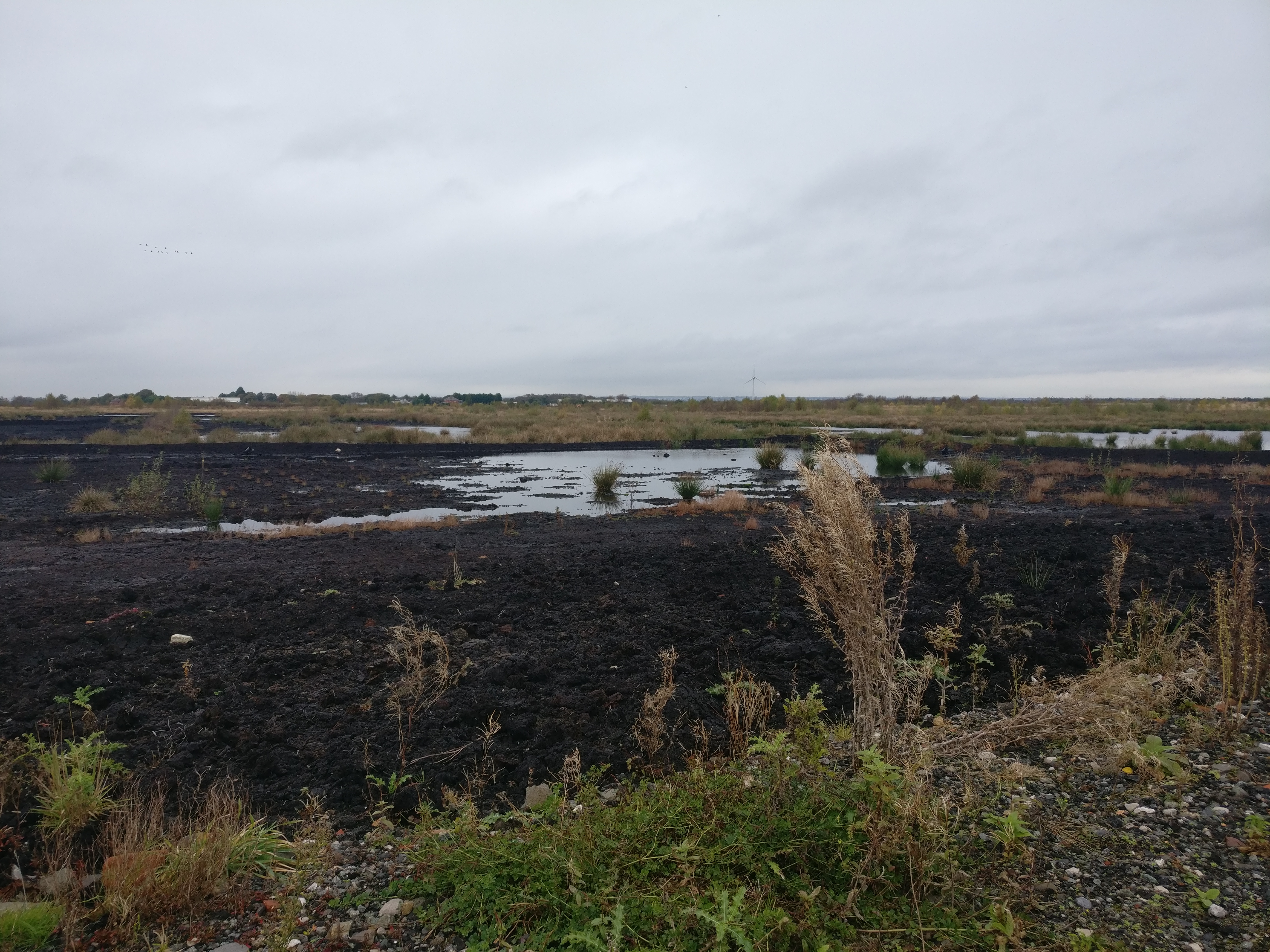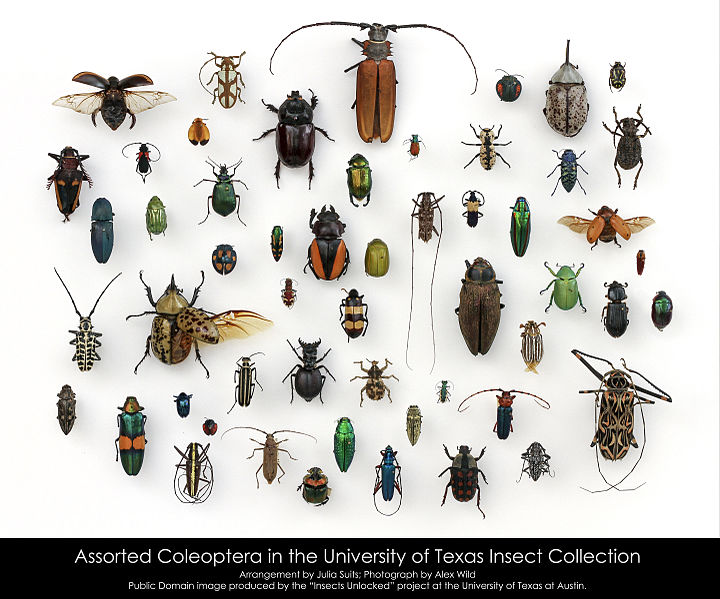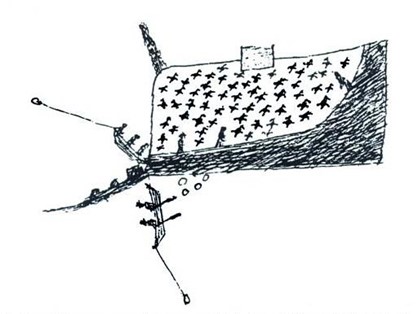Aneurin Merrill-Glover, a second-year PhD student at the University of Manchester, introduces his research on the peat mosses of early modern Lancashire. Aneurin’s research is funded by the ESRC North West Social Science Doctoral Training Partnership. You can follow him on twitter @AMerrillGlover
My PhD focusses on the mossland landscapes of early modern Lancashire; in particular on the mossland Complex around Chat Moss, to the west of Manchester. I’m supervised by Prof. Sasha Handley of the University of Manchester, Dr John Morgan of the University of Bristol, and Mike Longden of the Lancashire Wildlife Trust.

A mossland, or moss, is the name given to a peat bog in the north of England, so named for the distinctive Sphagum genus of mosses which populate the mossland surface. These landscapes underwent transformative change through drainage and ‘improvement’ at the end of the eighteenth century. Approximately two percent of the lowland raised peat bogs of historic Lancashire survive in a salvageable condition. This was devastating for the plant and animal life which inhabited the mosslands, the Lancashire Wildlife Trust are dedicated to rehabilitating the mosslands and their wildlife. The most recent example of this was the Manchester Argus (large heath) butterfly, locally extinct for one hundred and fifty years, which was reintroduced in May of 2020. Such tales of ecological calamity are common sights in the histories of English wetlands. The significantly larger East Anglian Fens and Somerset Levels underwent comparable transformations; and have engendered significantly more scholarly attention. This study thus provides timely regional reservations to narratives of national environmental change. Although the mosslands have been characterised as ‘wasteland’, my thesis is demonstrating that they were productive landscapes for those that lived on them. For instance, the peat which makes up the substance of a bog has been used for millenia as a source of fuel.
The unique wetland landscape fostered unique management practices in the communities which lived on them. A manor court was a local court which resolved small-scale agricultural disputes, and their records are central to my understanding of the historical mossland. Like much of the ‘wasteland’ in early modern England, the mosslands were held in common by the locals. This meant that though they were nominally owned by the Lord of the Manor, the locals retained certain use rights. These rights included the digging of peat, and the pasturing of animals on the mosses, and were regulated by the manor courts. The courts also appointed specialised officers to ensure that the mossland landscape was being properly maintained, known as ‘moss reeves’. The large amount of standing water on the mosslands acted as a spur to cooperative action, and much of the moss reeves’ time was spent ensuring that peat diggings were filled back in, and drainage ditches were maintained. The majority of literature on historical commons has been preoccupied with their role in gating access to a resource, or determining the level of that access. This finding thus demonstrates the power of adding an environmental dimension to historical inquiry.

These manorial court records make up the main body of my source base for this doctorate, and they provide a useful insight into the lowest level of legal dispute resolution in early modern England. Occasionally, they even offer slightly amusing narratives of flagrant illegality. A William Cheetham found himself before a Worsley court in 1688 for unlicensed construction of a shippon [cattle shed] on an area of common land. This was a crime in and of itself, however a family member, Richard Cheetham was also presented in front of that court. Richard’s crime was ‘pulinge downe a shippon & Selling the wood onto William Cheetham & haveing noe License or Leave soe to doe’. This family scheme to steal an entire shed would be appalling were it not so deliciously ambitious. Protecting the integrity of common land from unauthorised encroachments was a key component of the court’s role, and symptomatic of its role in ensuring that the collective interest was prioritised over the individual.
A bog is an anathema to our classificatory order ‘predicated on a […] distinction between land and sea’
My PhD is the fruit of a partnership between the University of Manchester and the modern-day custodians of the mosslands, the Lancashire Wildlife Trust. As the modern-day custodians of the mosslands, the Lancashire Wildlife Trust want to use the historical dimension to engage local communities with the importance and fragility of the mossland landscape. The LWT face vandalism on many of their sites, for instance through destruction of fencing, illegal off-roading, illicit agriculture, and arson. Putting these issues into historical context may help to ameliorate these strained relationships. Further, in order to reintroduce a species to the mosslands, the LWT are often required to provide evidence that the species inhabited the landscape historically. An environmental history of the mossland landscape is uniquely positioned to assist with this. The partnership also gives me unique opportunities to go out and work on the mosses myself. This gave me access to the extensive knowledge and experience of the LWT staff and volunteers, which has been invaluable in developing my understandings of the historical mossland. Finally, first-hand experience of the mosses has also helped me to develop my understanding of the unintuitive mechanics of a wetland. A bog is an anathema to our classificatory order ‘predicated on a […] distinction between land and sea’, in Rod Giblett’s irresistible phrase.[i] Being out on the mosses helped me to begin to subvert this dichotomy, which is a key step in imagining any wetland, historical or otherwise.
[i] Rod Giblett, Postmodern wetlands: Culture, History, Ecology (Edinburgh: Edinburgh University Press, 1996), p. 4.









